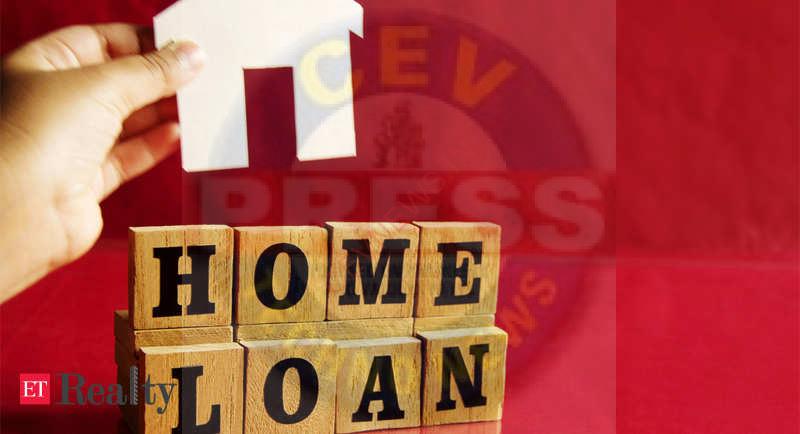Saturday Brain Storming Thought (123) 24/07/2021
COMPILED BY ER. AVINASH KULKARNI
SECONDARY MORTGAGE MARKET
A secondary mortgage market is a market where mortgage loans are brought and sold by various entities
Purpose of the secondary mortgage
Its purpose is to give lenders a steady source of money to lend, while also availing the risk of owing the mortgage
With this regular movement of money, it’s easier to maintain a stable residential mortgage market
Key points for the secondary mortgage market
1) the secondary mortgage market is a market where mortgage loans and servicing rights are brought and sold between lenders and investors
2) several players participate in the secondary mortgage market: mortgage originators
3) mortgage originators – who create the loans
4) mortgage aggregators – who buy and securitize the loans
5) securities dealers/brokers – who sell the securitized loans
6) investors – who buy the securitized loans for their interest income
7) the secondary mortgage market is extremely large and liquid
8) secondary mortgage market helps to make credit equally available to all borrowers across geographical locations
![]()
![]()

Mortgage Originators
1) A mortgage originator is the original mortgage lender and can be either a mortgage broker or mortgage banker
2) mortgage originators are part of the primary mortgage market and must work with underwriters and loan processors from the application date
3) mortgage originators make money through the fees they charged to originate a mortgage and the difference between the interest rate given to a borrower and the premium a secondary market will pay for that interest rate

Secondary mortgage loan
It is a loan you take out using your house as collateral while you still have another loan secured by your house
History of the secondary mortgage market
There was less competition between mortgage lenders, they were able to charge higher interest rates
These government-sponsored enterprises functioned as aggregators, able to buy bank mortgages and resell them to other investors
![]()
![]()

Importance of secondary market
1) the secondary market helps measure the economic condition of a country
2) the rise or fall in share prices indicates a boom or recession cycle in an economy
3) the secondary market provides a good mechanism for a fair valuation of a company
4) the secondary market helps drive the price of securities towards their genuine, fair market value through the basic economic forces of supply and demand
5) the secondary market promotes economic efficiency
6) each sale of security involves a seller who values the security less than the price and a buyer who values the security more than the price
7) the secondary market allows for high liquidity
8) stocks can be easily brought and sold
Types of mortgage originators
1) retail banks
2) mortgage bankers
3) mortgage brokers
Disadvantages of secondary market
1) price fluctuations are very high in secondary markets
2) which can lead to a sudden loss
3) trading through secondary markets can be very time consuming as investors are required to complete some formalities
4) sometimes, government policies can also act as a hindrance in the secondary market
5) brokerage free are high as every time an investor sells or buys shares, he needs to pay commission
Mortgage aggregators
It is an entity that purchases mortgages from financial institutions and then securitizes them into mortgage-backed securities (MBSs)
Aggregators function as service providers that remove the work for issuers in creating a mortgage-backed security
RBI report on Secondary mortgage market
The secondary loan market in India is largely restricted to sale to asset reconstruction companies and ad how the sale to other lenders including banks, but there is no formalized mechanism to deepen the market
![]()
![]()

The reasoning of secondary mortgage loan
1) to allow lenders to afford to lend money to new home buyers
2) by selling mortgages lenders can get more money to help additional mortgages
3) the process is cyclical and continues from there
![]()
![]()

4) when lenders sell loans, they are able to take this debt from their balance sheet and free up their credit for new customers
5) to provide the lender with instant funds
6) sometimes lenders prefer to make a faster profit by selling off your mortgage to an investor
7) normally loan agreement has the option of being sold to another investor
![]()
![]()

8) normally mortgage rate, terms, and other agreements will not change ever after loan lenders change
9) when your loan is sold, you will be notified of this change with a transfer notice within 30 days of the loan sale
Characteristics of the secondary mortgage market
1) exchange
2) over the counter
3) capital gain
4) liquidity
The interest rate on the secondary mortgage market
A second mortgage is a lien on a property that is subordinate to a more senior mortgage or loan
Second mortgage interest rates are commonly 1-2% a month
Second mortgages are riskier for lenders and thus generally come with a higher interest rate than the first mortgage

Historical highlights of the development of the secondary market
1) 1916 – federal land bank
2) 1930 – federal housing administration (FHA)
3) 193 – federal national mortgage association (Fannie Mad)
4) 1944 – veterans administration (VA)
5) 1948 – Fannie Mae purchased its first VA mortgages
6) 1949 – the first secondary market transaction
7) 1954 – Fannie Mae became a mixed-ownership corporation
8) 1957 – the first deal was from sun federal of Tallahassee to the first federal of Lowell, mass
9) 1968 – Fannie Mae split ie Fannie name and government national mortgage association (GNMA)
10) 1970 – conventional loans were made in the primary market
11) 1971 – Freddie Mac development
12) 1972 – Freddie Mac implemented the whole Lian purchase program
13) 1973 – introduction of standardized loan application
14) 1974 – assistance in credit strapped Markey
15) 1975 – uniform legal documents for conventional mortgages
16) 1976 – sales by mortgage insurance companies
17) 1977 – formation of a group of security dealers
18) 1978 – purchase of conventional single-family mortgage
19) 1979 – 1983 – introduction of a new type of adjustable-rate mortgage (ARM)
Compiled by:-
Avinash Kulkarni

Chartered Engineer
Govt Regd Valuer
IBBI Regd Valuer




